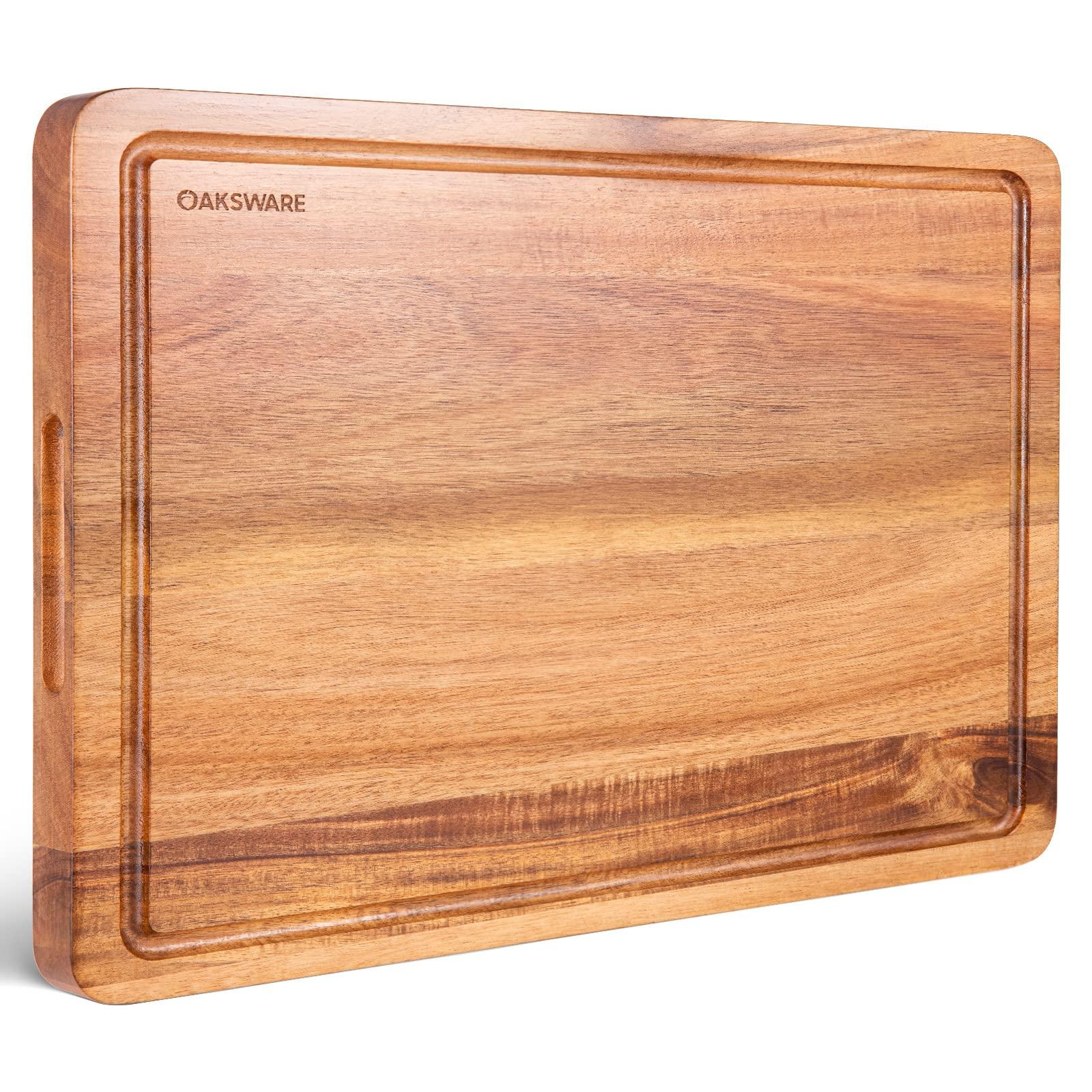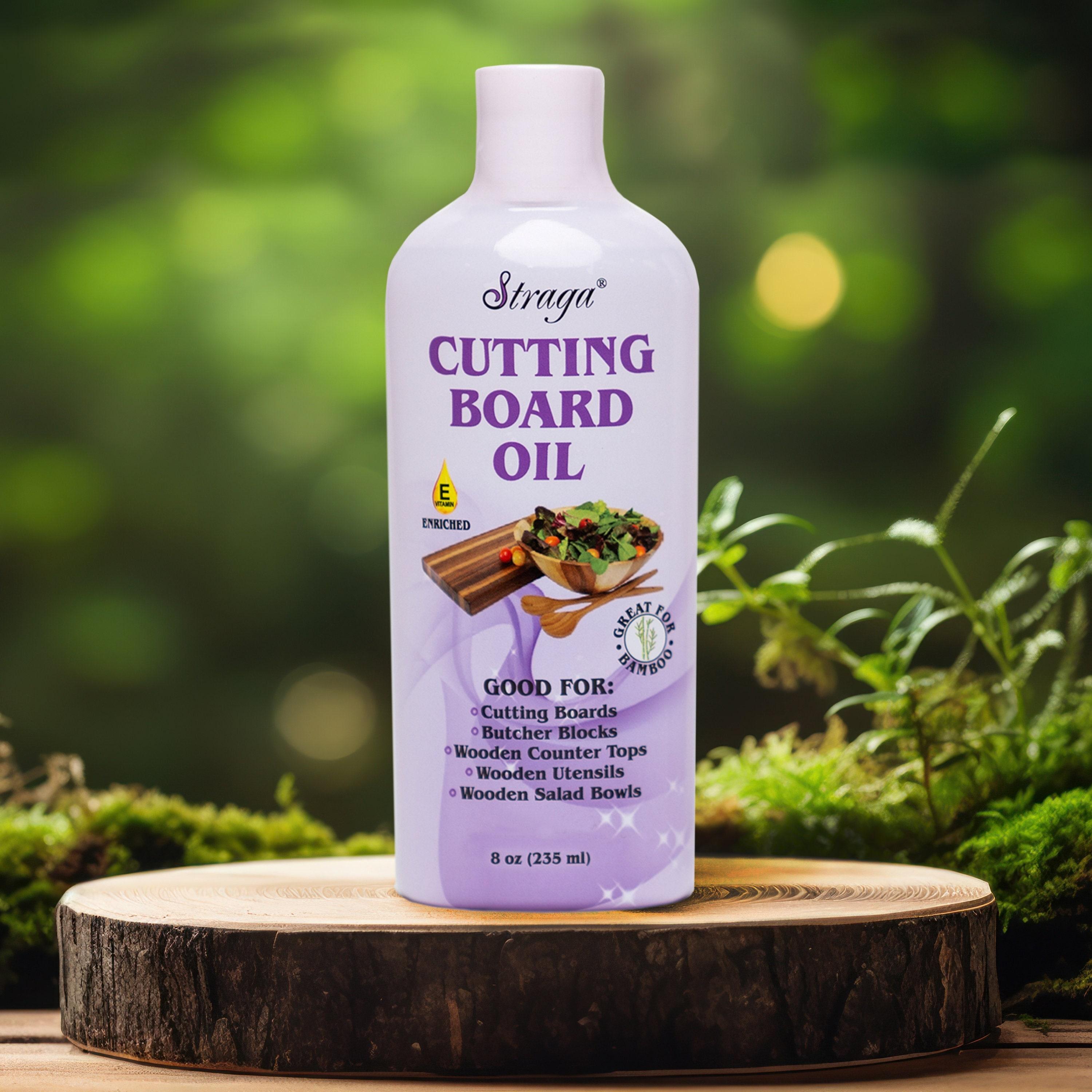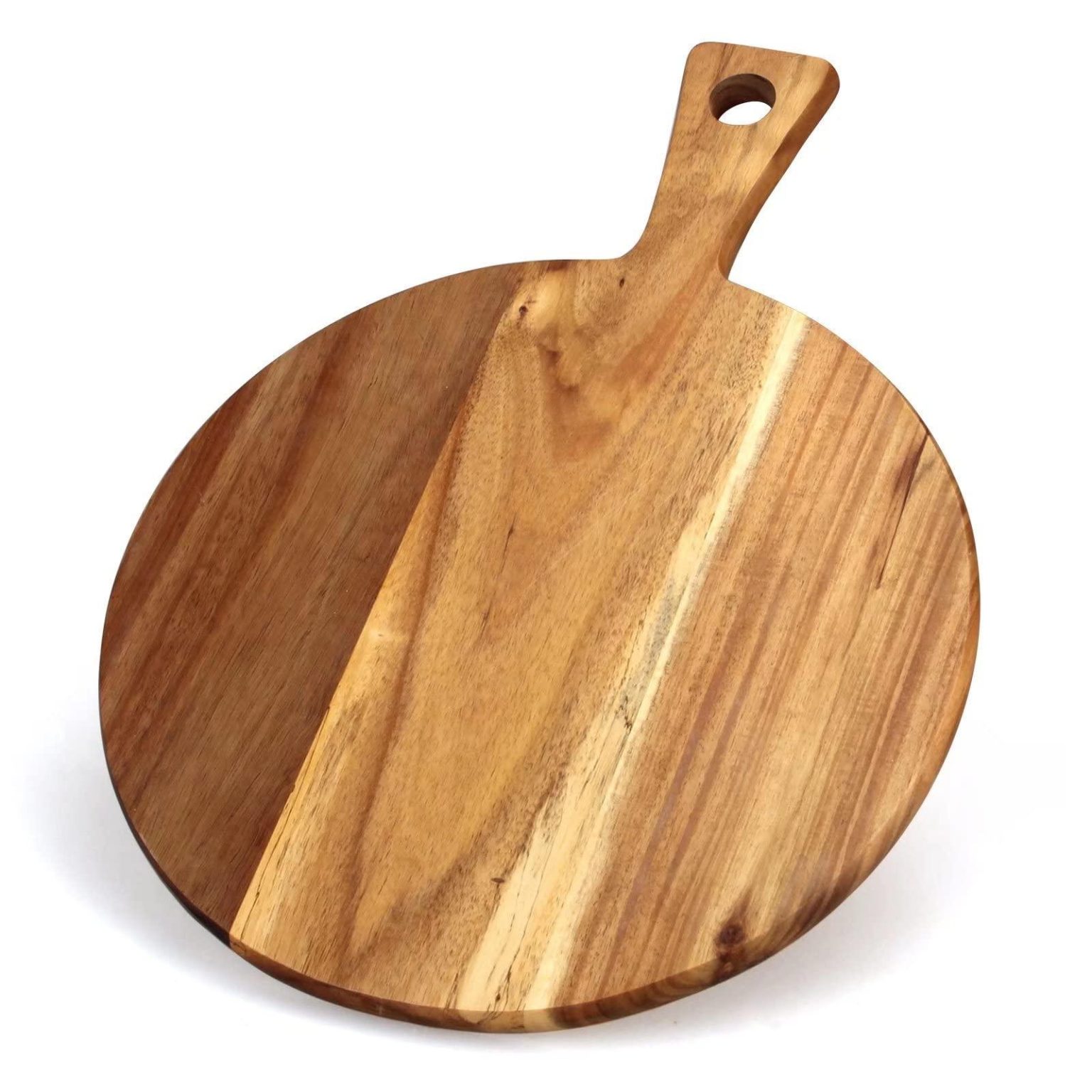Wooden cutting boards are not just kitchen essentials; they are timeless pieces that blend functionality with beauty. Their natural charm elevates any culinary space while providing a durable surface for chopping, slicing, and dicing. However, like any fine material, wood requires proper care to maintain its integrity and appearance. This article delves into essential tips for caring for your wooden cutting boards, ensuring they remain both practical and visually appealing for years to come. From cleaning techniques to maintenance routines, we will explore the best practices that will preserve this integral kitchen tool, allowing you to enjoy the craftsmanship and utility of your cutting board that much longer. Whether you’re a novice cook or a seasoned chef, understanding how to nurture your wooden cutting board is essential to enhancing your culinary experience.
Table of Contents
- Understanding the Importance of Proper Cleaning Techniques for Wooden Cutting Boards
- Choosing the Right Oils and Finishes to Maintain Your Cutting Board
- Effective Strategies for Preventing and Eliminating Bacterial Growth
- Storage Solutions to Preserve the Quality and Longevity of Wooden Cutting Boards
- Wrapping Up
Understanding the Importance of Proper Cleaning Techniques for Wooden Cutting Boards

Wooden cutting boards are not only functional kitchen tools but also add aesthetic value to your culinary space. The natural fibers in wood have unique properties that make them less prone to harboring bacteria compared to plastic alternatives. To keep your wooden boards in top condition, understanding the appropriate cleaning techniques is essential. Avoid soaking them in water, which can cause warping and cracking, and instead wash them with warm, soapy water using a soft sponge. Rinse and dry immediately to prevent moisture from seeping into the wood. Utilizing a mixture of vinegar and water as a gentle disinfectant can also help maintain cleanliness while preserving the board’s integrity.
Along with regular cleaning, conditioning your wooden cutting boards is vital to ensure longevity. Applying mineral oil or a specialized cutting board oil every few weeks creates a protective barrier against moisture and prevents the wood from drying out. Make sure to use a generous amount, allowing the wood to absorb the oil fully, and wipe off any excess. Remember to avoid using olive oil or other cooking oils, as they can become rancid over time. Here’s a quick guide on the frequency of maintenance:
| Maintenance Type | Frequency |
|---|---|
| Washing | After each use |
| Disinfecting | Weekly |
| Conditioning | Every 2-4 weeks |
Choosing the Right Oils and Finishes to Maintain Your Cutting Board

Maintaining the beauty and integrity of your wooden cutting board begins with selecting the right oils and finishes. The primary purpose of these products is to protect the wood from moisture, bacteria, and wear over time. When choosing an oil, look for options that are both food-safe and effective. Popular choices include mineral oil, which is odorless and colorless, and beeswax, known for its natural water-resistant properties. Additionally, other oils such as coconut oil and walnut oil can enhance the natural hues of the wood while providing a protective layer.
It’s essential to avoid using any oils that can go rancid, as they can spoil and create unpleasant odors. To maintain your cutting board, consider following a regular treatment schedule, ideally every few weeks or after deep cleaning. To apply the oil, use a soft, lint-free cloth, spreading a generous amount evenly over the surface with particular focus on the edges and corners. Let the oil soak in for at least 30 minutes before wiping away any excess. For a final touch, you can create a simple DIY wax finish by mixing equal parts of beeswax and mineral oil, which can be applied to the board for an added layer of protection and a lovely sheen.
Effective Strategies for Preventing and Eliminating Bacterial Growth
To maintain a clean and safe surface for food preparation, it is essential to adopt a few effective strategies aimed at preventing bacterial growth on your wooden cutting boards. Regular washing is crucial; use hot, soapy water and a sponge or cloth to thoroughly clean the board after each use. Avoid soaking the wood, as this can warp or damage it. Following the wash, rinsing with hot water is important to remove any residual soap or food particles. To further enhance cleanliness, consider using a diluted vinegar solution (1 part vinegar to 4 parts water) as a natural disinfectant, wiping down the surface and letting it air dry completely. Tip: Do not use bleach, as it can damage the wood.
In addition to proper washing techniques, conditioning your cutting board regularly can significantly reduce bacterial growth. Applying food-safe mineral oil helps seal the wood, creating a protective barrier against moisture and bacteria. Aim to oil your board at least once a month, or more frequently if it appears dry. Another preventive measure includes maintaining an acid-resistant surface by applying a paste made from baking soda and water to neutralize odors and bacteria when needed. For easy reference, consider using the table below to keep track of your cleaning and conditioning routine:
| Task | Frequency |
|---|---|
| Wash with soap and water | After each use |
| Disinfect with vinegar solution | Weekly |
| Condition with mineral oil | Monthly |
Storage Solutions to Preserve the Quality and Longevity of Wooden Cutting Boards
To ensure that your wooden cutting boards maintain their beauty and functionality, proper storage is essential. Avoid stacking them on top of each other as this can trap moisture and promote warping. Instead, consider storing them in a vertical position, similar to how you’d store books. This keeps air circulation optimal and allows for quicker drying after washes. Additionally, using a dedicated rack can prevent scratches and dents, preserving their surface integrity. Make sure the storage area is cool and dry, as excessive heat or humidity can lead to the wood splitting or cracking over time.
Another important aspect to consider is the use of protective covers. Breathable fabric or felt covers can shield your boards from dust without trapping moisture. If you are limited on space, consider a sliding drawer or a dedicated cupboard, where the boards can be tucked away yet remain easily accessible. Moreover, avoid placing your cutting boards in direct sunlight, as UV exposure can fade colors and weaken the wood. By implementing these careful storage solutions, you can significantly enhance the longevity and quality of your wooden cutting boards.
Wrapping Up
caring for your wooden cutting boards is an essential practice that not only prolongs their lifespan but also ensures they remain safe and functional in your kitchen. By following the tips outlined in this article—ranging from proper cleaning techniques to regular conditioning—you can maintain the beautiful appearance and integrity of your wooden boards. Remember that each board has its unique character, shaped by the type of wood and its history; with the right care, you can preserve these qualities for years to come. Investing time in their maintenance is an investment in both your culinary experience and the longevity of your kitchen tools. Embrace these practices, and enjoy the warmth and charm that wooden cutting boards bring to your culinary space.



